The nine Taoist fields of knowledge
The nine Taoist fields of knowledge are a grouping of the practices and theoretical knowledge of the Tao. They are also known as the "Nine Taoist Dragons".
They include :
Geobiology or Feng Shui
.png?t=add36107_bd32_44cc_a425_caf0a1d92e0d)
The art of Feng Shui, or geobiology in modern parlance, originates from an ancient art known as Kan Yu, which, according to the ancients, consisted in finding suitable locations for tombs or mortuary sites to enable the souls of the deceased to reincarnate in a positive manner, or at least to enjoy a serene journey without the disturbance of negative waves. By extrapolation, this art has been extended to the world of the living, seeking to promote harmony in the circulation of vital energies. Some also claim that the art of Feng Shui has its origins in an earlier, higher-energy martial art. It is said to embody the art of calling on the Wind (Feng) to push clouds and make rain or water (Shui) fall on opposing troops, so as to win the battle, thanks to an alchemized spirit (Red Front).
Knowledge and study of the "sacred" texts of the Taoist canon (Yi Jing, Dao De Jing, etc.)
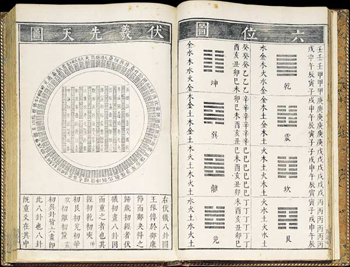
Meditation
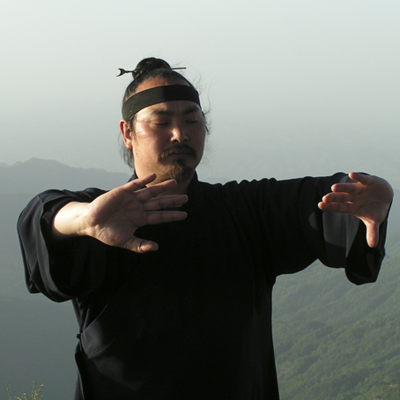
Internal martial arts ( Xing Yi Quan, Ba Gua Quan , Tai Ji Quan , Liu He Ba Fa )
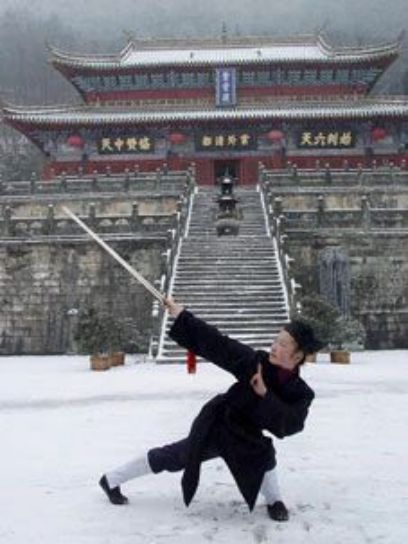
The practice of Dao Yin (or Qi Gong, as it is now called)
As with internal martial arts, the practice of Dao Yin remains a major part of the teaching of certain Taoist schools. Here, we modestly attempt to enlighten the reader through the varieties of traditional energy practices and their different schools.
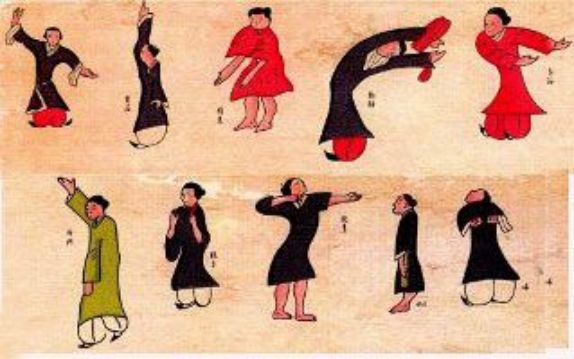
The study of Taoist medicine (acupuncture, phytotherapy, massage, stones...) and the Dao diet
The Tao Diet brings together a wealth of knowledge accumulated over time as a result of the race for Immortality, the central pivot of Taoist practice. This knowledge is based on the cycle of the 5 elements, the classical application of Tai-Ji (Yin-Yang) and the art of anticipating the seasons in order to prevent various organic weaknesses. It also takes into account the energetic identity of different foods, so that it can be best applied to different constitutions.
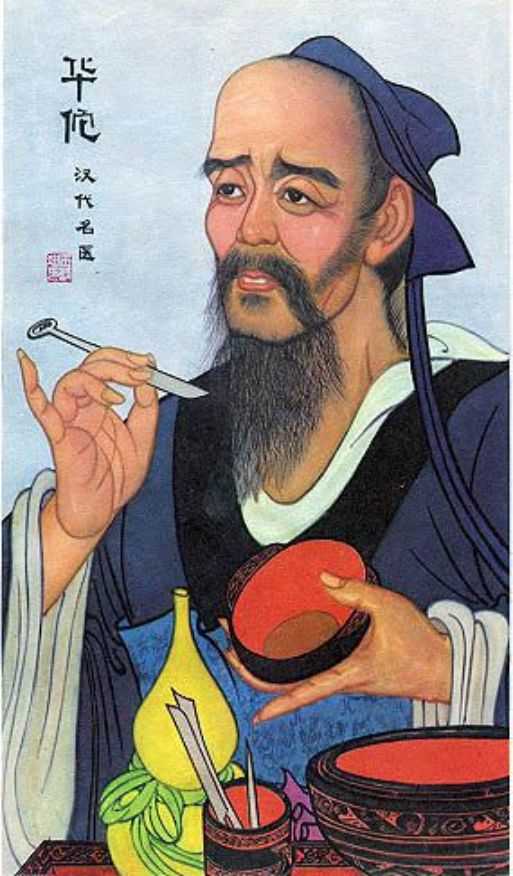
Teaching
Teaching is an integral part of realizing the Way. As Confucius said, "One realizes oneself half through practice, half through teaching". This quotation shows how much emphasis can be placed on the need to disseminate teaching, which can not only perpetuate a tradition, but also enable spiritual realization for the Ancients. Here, we'll look at the Great Masters of the past, and at some of the present ones, and try to highlight the difference in teaching styles, sometimes as lightning-fast as lightning, sometimes as gentle as the wind.
Compassion
Compassion is a vast subject, if we agree that it should touch all beings... Although the Taoist hermit is sometimes described as a loner living in his cave, he works not only for himself, but also for all beings, who are as integral a part of the Tao as he is. Although this notion is less present, a priori, than in Buddhism, notably that of the Great Vehicle (Mahayana), it nevertheless remains one of the nine pillars of the Way of the Tao. Let's try to find a few examples, such as Lü Dong Bin, the Most High of Stork Mountain, to support these remarks.